Miele sound ratings?
cj47
14 years ago
Featured Answer
Comments (20)
hidroman
14 years agocj47
14 years agoRelated Professionals
Cuyahoga Falls Kitchen & Bathroom Designers · Frankfort Kitchen & Bathroom Designers · Manchester Kitchen & Bathroom Designers · South Sioux City Kitchen & Bathroom Designers · Sunrise Manor Kitchen & Bathroom Remodelers · Cocoa Beach Kitchen & Bathroom Remodelers · Fort Myers Kitchen & Bathroom Remodelers · Fort Washington Kitchen & Bathroom Remodelers · Martha Lake Kitchen & Bathroom Remodelers · South Plainfield Kitchen & Bathroom Remodelers · Sun Valley Kitchen & Bathroom Remodelers · Cave Spring Kitchen & Bathroom Remodelers · Los Altos Cabinets & Cabinetry · South Gate Cabinets & Cabinetry · Tabernacle Cabinets & Cabinetrydavidro1
14 years agocj47
14 years agoghetterly
14 years agowarmfridge
14 years agotarheel72
14 years agohidroman
14 years agoantss
14 years agohidroman
14 years agoswspitfire
13 years agodrjoann
13 years agohidroman
13 years agodrjoann
13 years agodavidro1
13 years agofauguy
13 years agoswspitfire
13 years agoNoKitchenFan
10 years agofeisty68
10 years ago
Related Stories
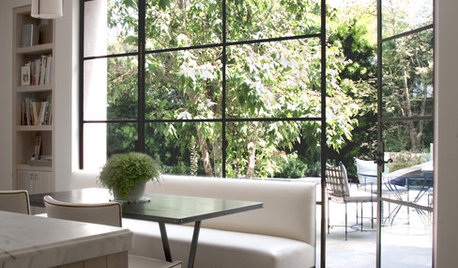
REMODELING GUIDESEnergy-Efficient Windows: Decipher the Ratings
To choose the right energy-efficient windows for your home, first you need to know what the labels mean
Full Story
HOME TECHTote Your Tunes to Any Room With a Portable Wi-Fi Sound System
Free your home's music setup from wires with Wi-Fi speakers that let you take high-quality audio anywhere
Full Story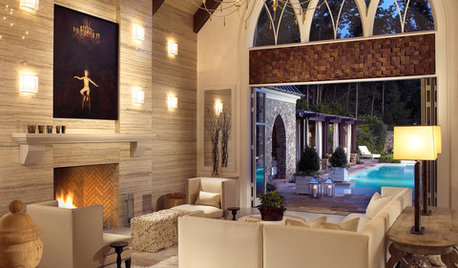
MORE ROOMSHome Tech: Getting Rid of Wires Without Sacrificing Sound
Wireless home technology still isn't perfect, but new products are giving audiophiles choices
Full Story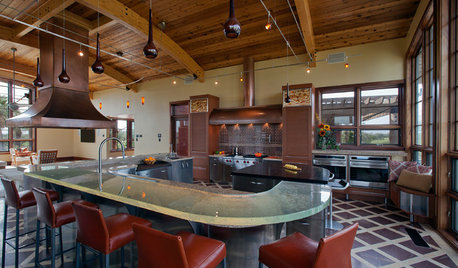
KITCHEN DESIGN9 Award-Winning Kitchens from KBIS 2013 to Drool Over
See top-rated designs from this year's Kitchen and Bath Industry Show and get details about the designers' visions
Full Story
GREEN BUILDINGWhat's LEED All About, Anyway?
If you're looking for a sustainable, energy-efficient home, look into LEED certification. Learn about the program and its rating system here
Full Story
LANDSCAPE DESIGNPretty Trees for Patios, Paths and Other Tight Spots
Choose trees for their size, shape and rate of growth — or shape them to fit your space. Here's how to get started
Full Story
HOME OFFICESQuiet, Please! How to Cut Noise Pollution at Home
Leaf blowers, trucks or noisy neighbors driving you berserk? These sound-reduction strategies can help you hush things up
Full Story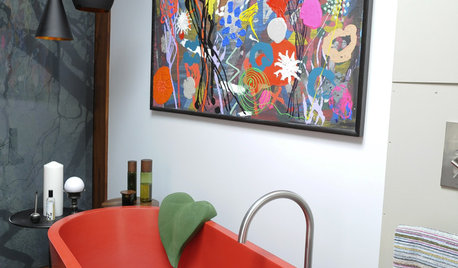
MATERIALSA Hard Look at Recycled Plastic for the Home
It's durable and versatile, but processing takes a lot of energy. We sort through the facts on recycled plastic so you can choose wisely
Full Story
HOUSEKEEPING10 Problems Your House May Be Trying to Show You
Ignore some of these signs and you may end up with major issues. We tell you which are normal and which are cause for concern
Full Story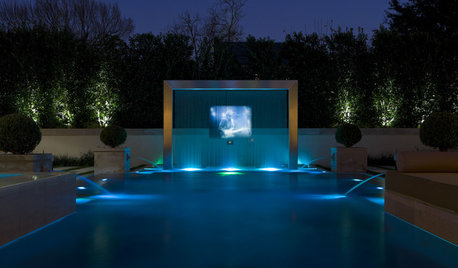
GARDENING AND LANDSCAPING8 Pool Water Features That Venture Into Fantasy
Mimic a mermaid in a secret grotto, wade near a waterfall or pose by a pond. These pool designs let imagination take the lead
Full StoryMore Discussions







hidroman